Home>Gardening & Outdoor>Landscaping Ideas>When To Seed Buffalo Grass
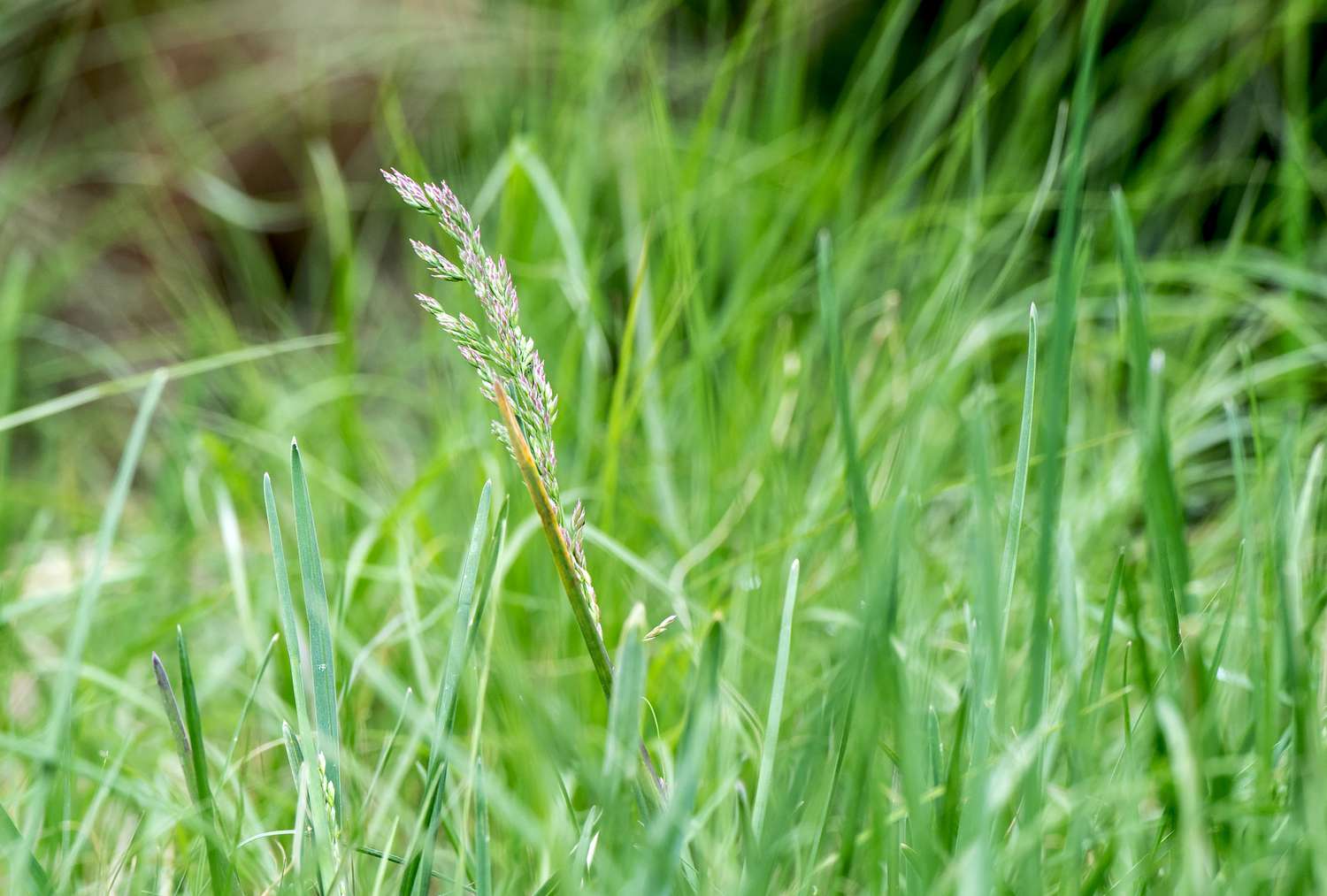

Landscaping Ideas
When To Seed Buffalo Grass
Modified: February 18, 2024
Discover the best time for seeding buffalo grass in your landscaping. Get expert tips and ideas for a successful lawn renovation project.
(Many of the links in this article redirect to a specific reviewed product. Your purchase of these products through affiliate links helps to generate commission for Storables.com, at no extra cost. Learn more)
Introduction
Welcome to the wonderful world of landscaping! If you’re looking to cultivate a lush, verdant lawn that’s both visually appealing and low-maintenance, then buffalo grass might just be the perfect choice for you. This hardy, warm-season grass is renowned for its exceptional drought tolerance and minimal water requirements, making it an excellent option for eco-conscious homeowners and businesses alike.
Before you dive into the exciting process of seeding buffalo grass, it’s crucial to understand the optimal timing for this endeavor. By seeding at the right time, you can maximize the grass’s potential for robust growth and ensure a thriving lawn for years to come. Let’s explore the ideal seeding time for buffalo grass and the key factors to consider as you embark on this rewarding journey.
Key Takeaways:
- Seeding buffalo grass in late spring to early summer maximizes its growth potential, ensuring a lush and resilient lawn. Monitoring soil temperature and preparing the soil are crucial for successful establishment.
- Factors like proper watering, weed control, and tailored maintenance practices are essential for nurturing buffalo grass. Understanding local climate and conditions is key to a thriving lawn.
Read more: When To Plant Buffalo Grass Seed
Understanding Buffalo Grass
Buffalo grass (Buchloe dactyloides) is a warm-season perennial grass that is native to the North American prairies. This hardy grass species has become a popular choice for lawns, parks, and golf courses due to its exceptional drought tolerance and low maintenance requirements. Its fine texture, rich green color, and ability to form a dense turf make it an attractive option for those seeking a resilient and visually appealing lawn.
One of the most remarkable qualities of buffalo grass is its ability to thrive in adverse conditions. It can withstand prolonged periods of heat, limited water availability, and poor soil quality, making it an ideal choice for regions with hot, arid climates. Additionally, buffalo grass has a slow growth habit and minimal mowing requirements, making it a low-maintenance option for homeowners and landscapers.
Understanding the growth habits and environmental preferences of buffalo grass is essential for successful seeding and establishment. By familiarizing yourself with the unique characteristics of this grass species, you can make informed decisions regarding seeding time, soil preparation, and ongoing maintenance practices.
Ideal Seeding Time
Choosing the right time to seed buffalo grass is crucial for ensuring successful establishment and long-term vitality. As a warm-season grass, buffalo grass thrives in hot summer temperatures and requires soil that has warmed to a consistent temperature for optimal germination. The ideal time to seed buffalo grass is during the late spring to early summer, when soil temperatures consistently reach 60-80°F (15-27°C). This period provides the perfect conditions for rapid seed germination and robust early growth.
By seeding buffalo grass during the late spring to early summer, you can take advantage of the warm temperatures and ample sunlight to promote vigorous turf development. Additionally, this timing allows the grass to establish a strong root system before the onset of harsh summer conditions, ensuring its resilience during periods of heat and drought.
It’s important to note that seeding buffalo grass too early in the spring may result in delayed germination, as the soil may not have reached the optimal temperature for successful seedling growth. Conversely, seeding too late in the summer can expose the young grass to intense heat and dry conditions, potentially hindering its establishment.
When considering the ideal seeding time for buffalo grass, it’s essential to monitor soil temperatures and weather patterns in your specific region. Utilizing a soil thermometer can help you determine when the soil has reached the optimal temperature range for successful germination. Additionally, consulting with local landscaping experts or agricultural extension services can provide valuable insights into the best seeding time based on regional climate and soil conditions.
Factors to Consider
When planning to seed buffalo grass, several key factors should be taken into consideration to ensure the success of your lawn establishment project. Understanding these factors will help you make informed decisions and implement best practices for optimal seed germination and turf development.
Soil Preparation
Prior to seeding buffalo grass, it’s essential to prepare the soil to create an optimal environment for seed germination and root development. This may involve removing debris, tilling the soil to improve aeration, and incorporating organic matter to enhance soil structure and fertility. Conducting a soil test can also provide valuable insights into nutrient levels and pH, allowing you to make any necessary amendments to create a hospitable growing medium for buffalo grass.
Read more: When Is The Best Time To Plant Buffalo Grass
Watering and Irrigation
Proper watering is critical during the seeding and establishment phase. It’s important to keep the soil consistently moist but not waterlogged to support seed germination and early growth. Irrigation methods such as overhead sprinklers or drip systems can be employed to ensure uniform water distribution across the seeded area. Monitoring soil moisture levels and adjusting watering frequency based on environmental conditions is essential for promoting healthy turf development.
Weed Control
Managing weeds is essential to prevent competition for resources and space during the establishment of buffalo grass. Prior to seeding, it’s advisable to address existing weeds through manual removal or targeted herbicide applications. Additionally, implementing pre-emergent weed control measures can help minimize weed encroachment during the critical early stages of buffalo grass growth.
Maintenance Practices
After seeding, implementing proper maintenance practices such as mowing, fertilization, and pest management is crucial for nurturing a thriving buffalo grass lawn. Regular mowing at the appropriate height, balanced fertilization, and vigilant pest monitoring contribute to the long-term health and vigor of the turf.
Local Climate and Conditions
Considering the specific climate and environmental conditions of your region is paramount when determining the ideal seeding time and implementing tailored maintenance practices. Factors such as temperature fluctuations, precipitation patterns, and soil composition can influence the success of buffalo grass establishment, making it important to adapt your approach based on local conditions.
By carefully considering these factors and tailoring your approach to the unique needs of buffalo grass, you can set the stage for a thriving and resilient lawn that enhances the beauty of your outdoor space.
Read more: How To Plant Buffalo Grass Seed
Conclusion
Seeding buffalo grass is a rewarding endeavor that can yield a resilient, low-maintenance lawn with exceptional visual appeal. By understanding the ideal seeding time and considering key factors such as soil preparation, watering practices, weed control, maintenance, and local climate, you can set the stage for successful establishment and long-term vitality of your buffalo grass lawn.
Choosing the right time to seed buffalo grass, typically during the late spring to early summer, capitalizes on warm soil temperatures and ample sunlight, providing optimal conditions for seed germination and early growth. Monitoring soil temperatures and consulting with local experts can help you pinpoint the ideal seeding time based on regional climate and soil conditions.
Proper soil preparation, effective weed control, and tailored maintenance practices are essential for nurturing the growth of buffalo grass and ensuring its resilience in the face of environmental challenges. By addressing these factors with care and attention to detail, you can foster the development of a robust and visually stunning buffalo grass lawn that enriches your outdoor environment.
As you embark on the journey of seeding buffalo grass, remember that patience and consistent care are key ingredients for success. By embracing the unique qualities of buffalo grass and aligning your efforts with its specific needs, you can cultivate a thriving lawn that brings joy and beauty to your landscape for years to come.
With the right timing and thoughtful consideration of essential factors, your buffalo grass lawn can become a testament to the harmonious coexistence of natural beauty and sustainable landscaping practices.
Frequently Asked Questions about When To Seed Buffalo Grass
Was this page helpful?
At Storables.com, we guarantee accurate and reliable information. Our content, validated by Expert Board Contributors, is crafted following stringent Editorial Policies. We're committed to providing you with well-researched, expert-backed insights for all your informational needs.
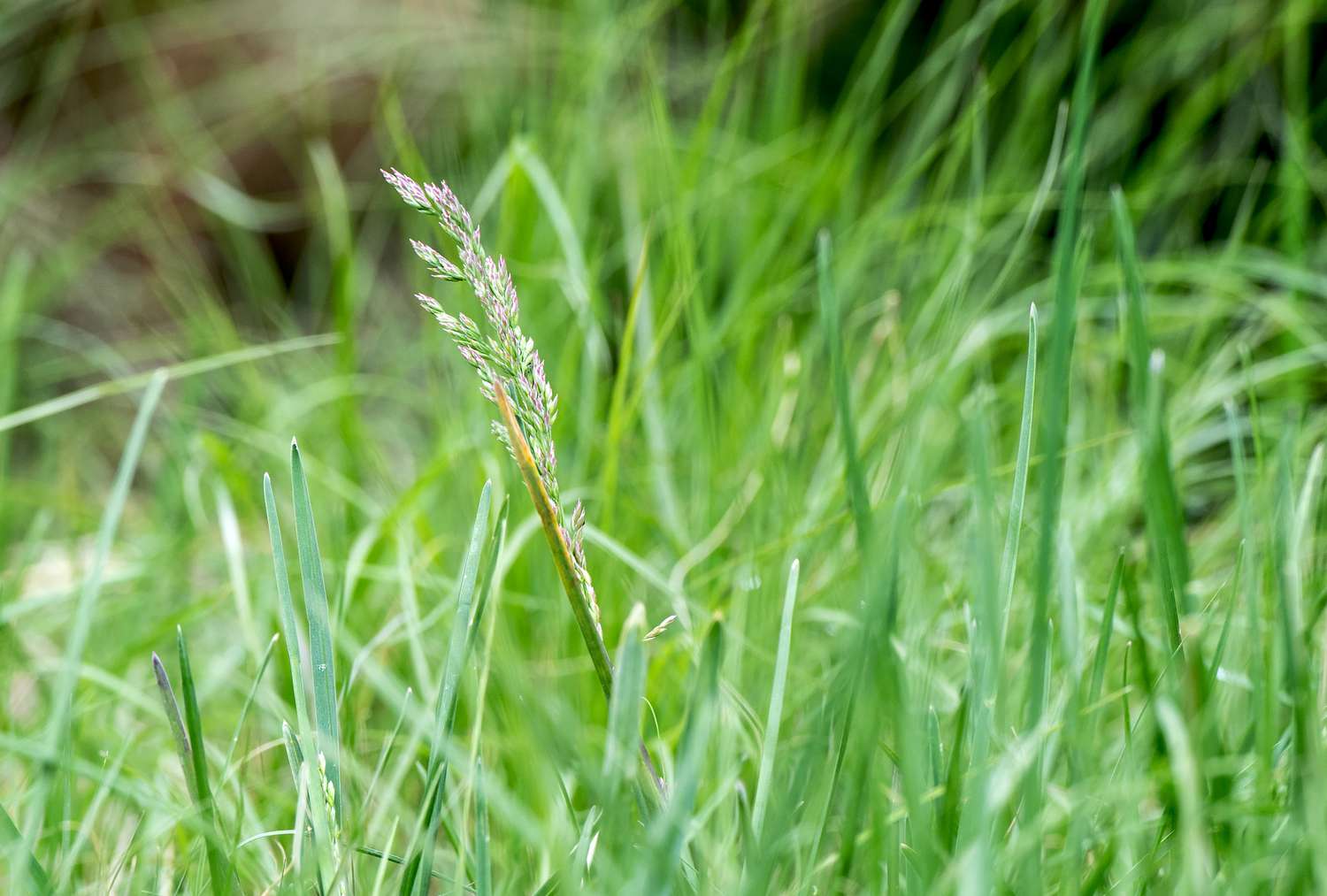
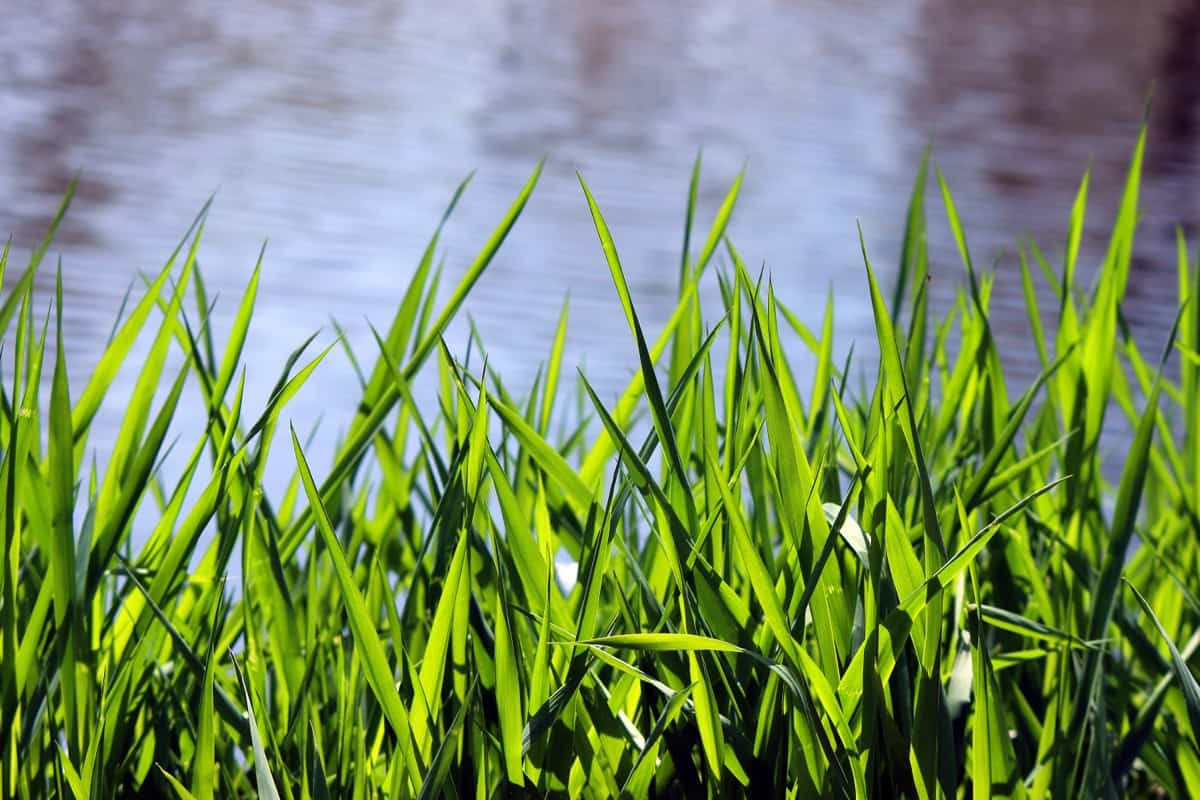
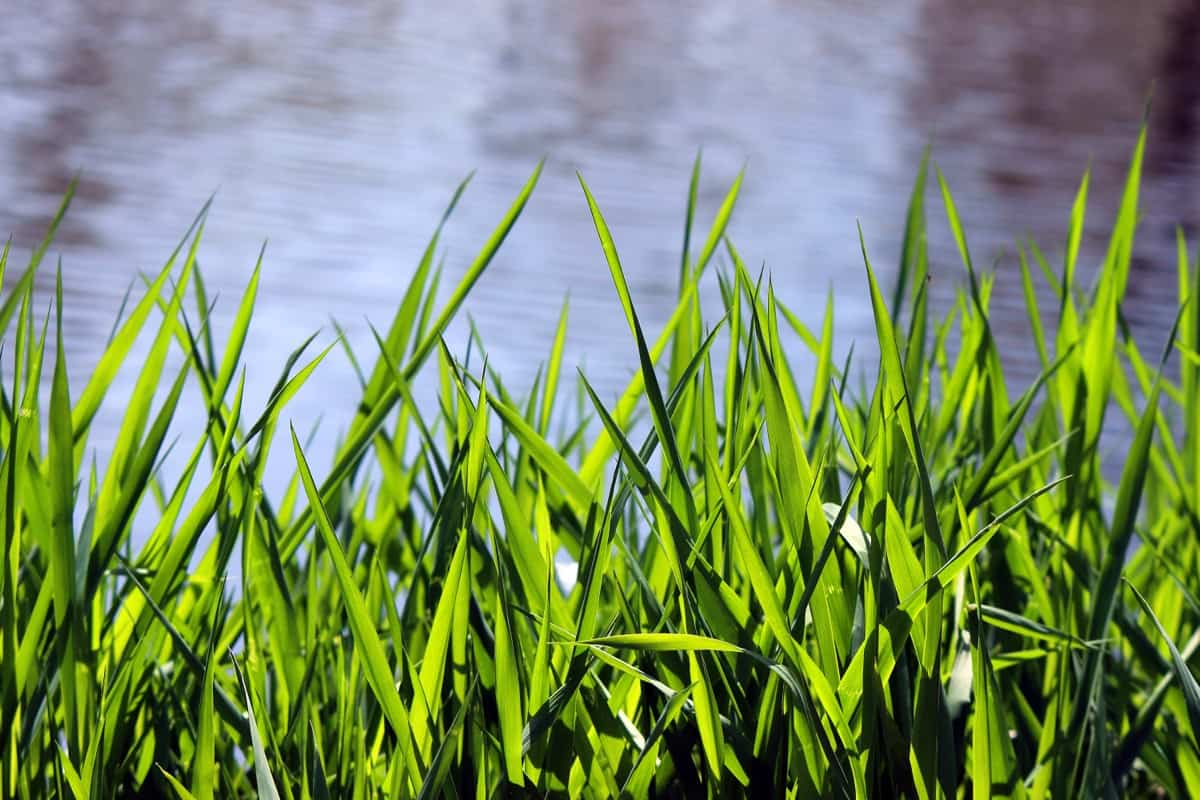
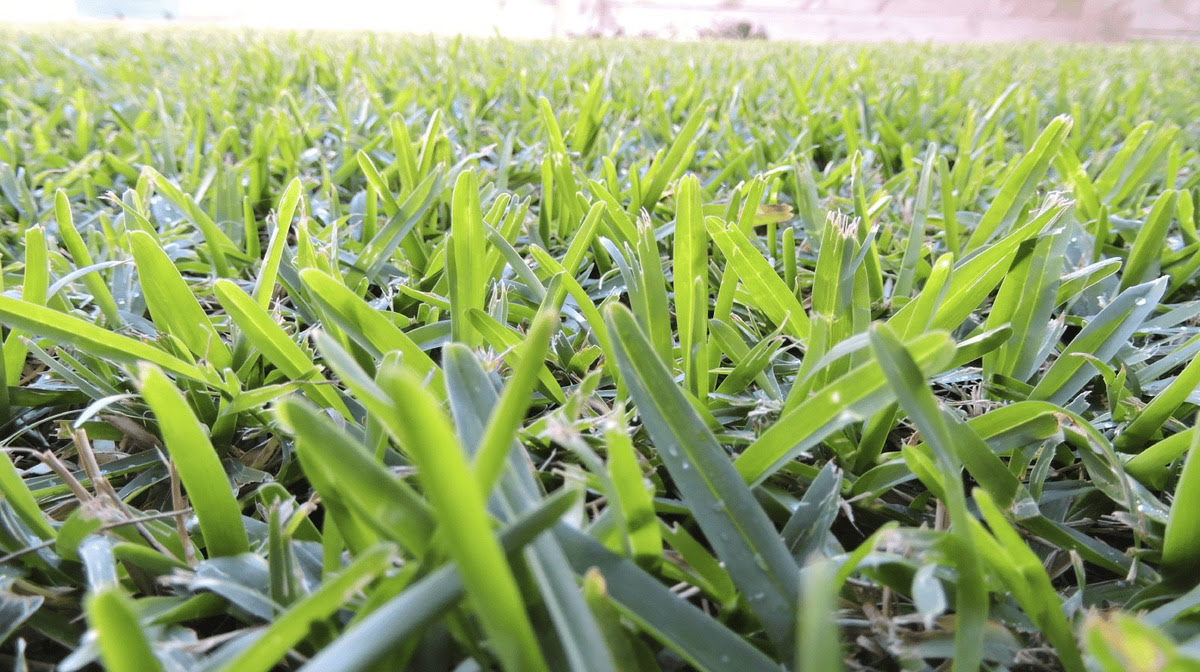
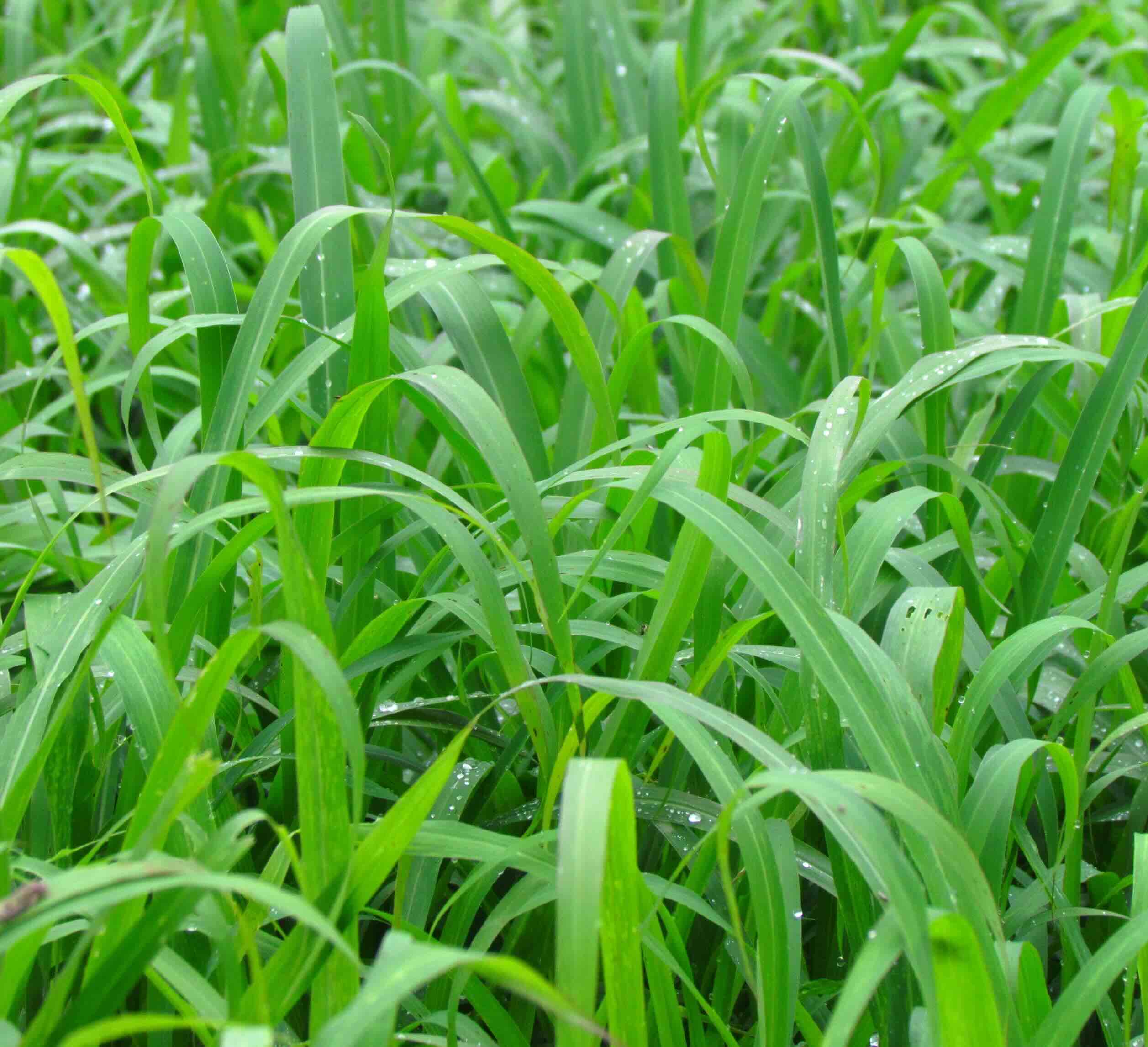
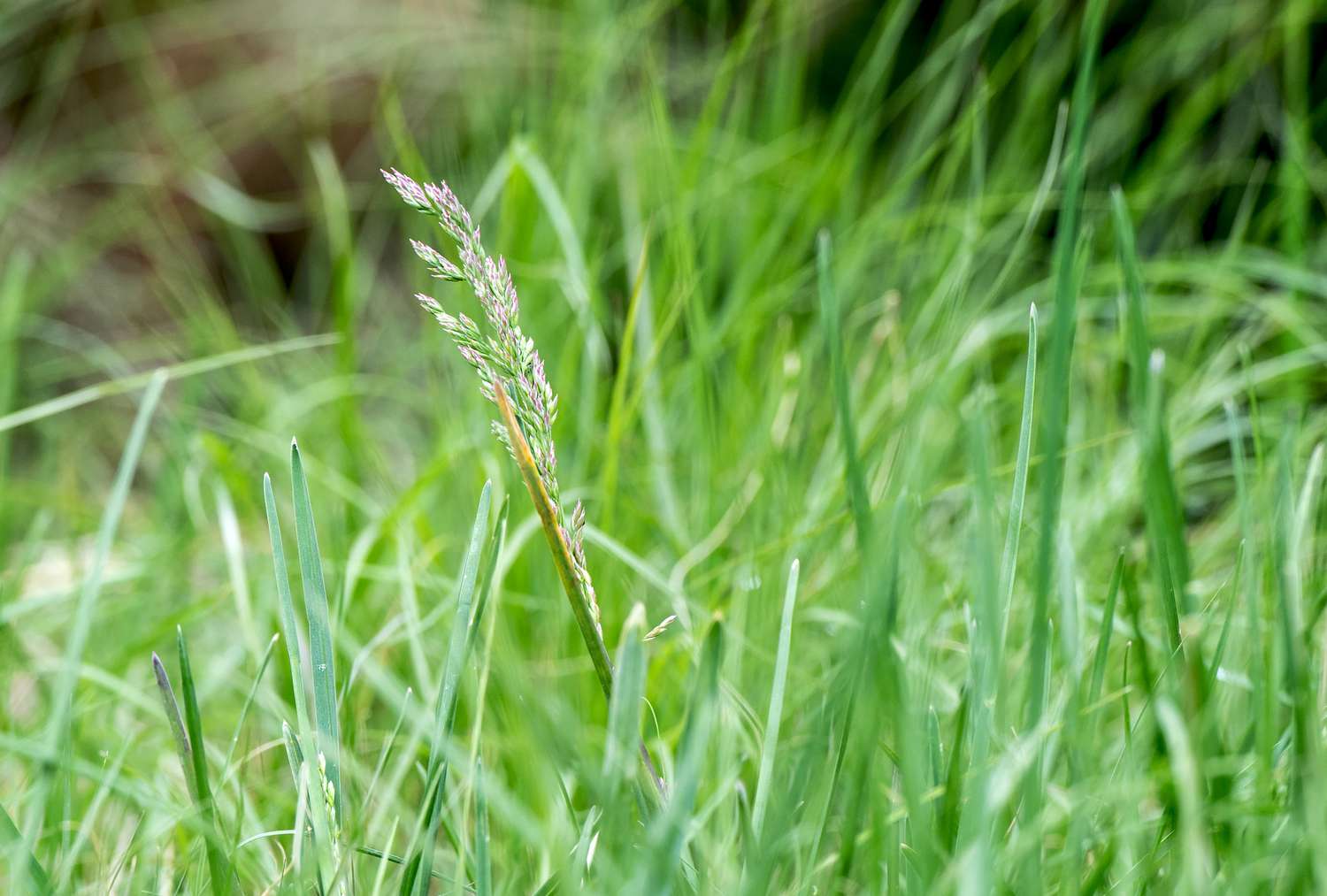
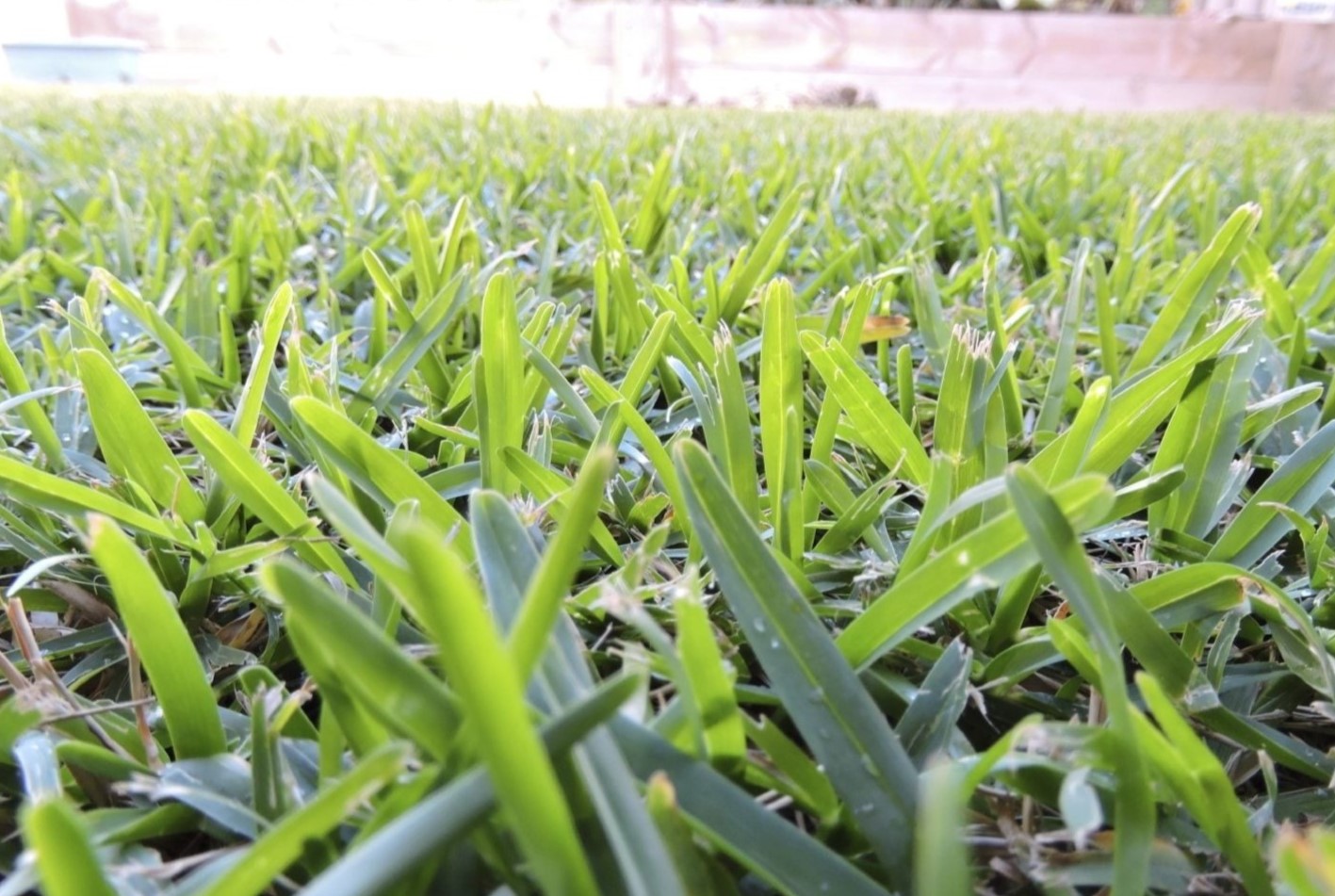
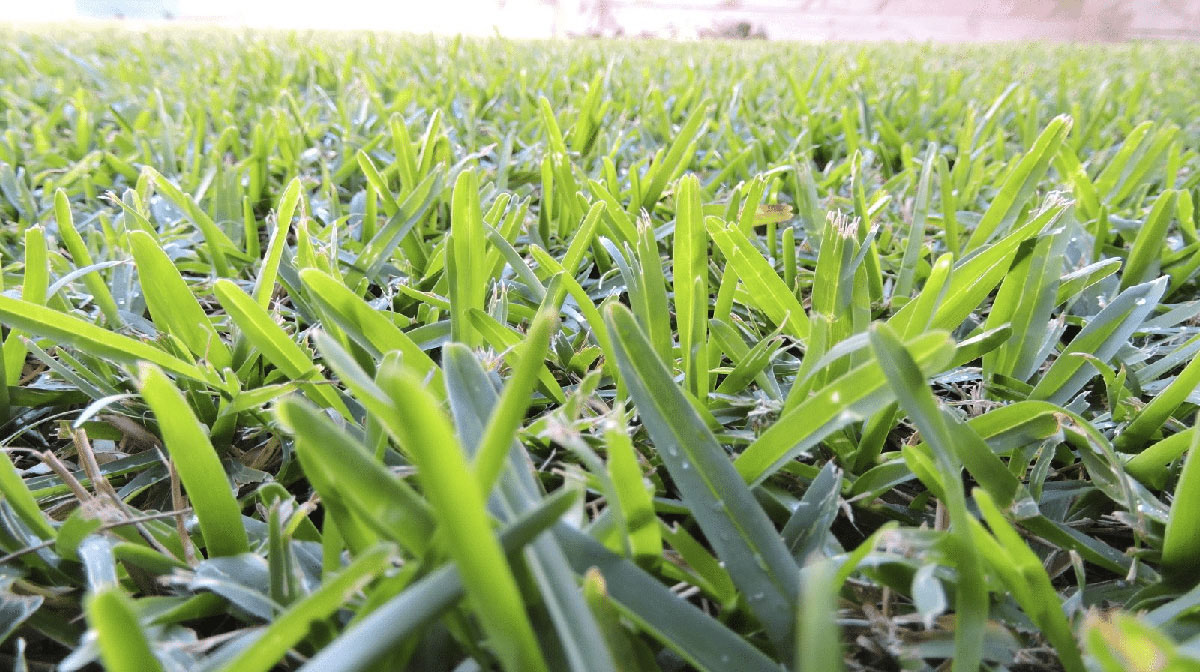

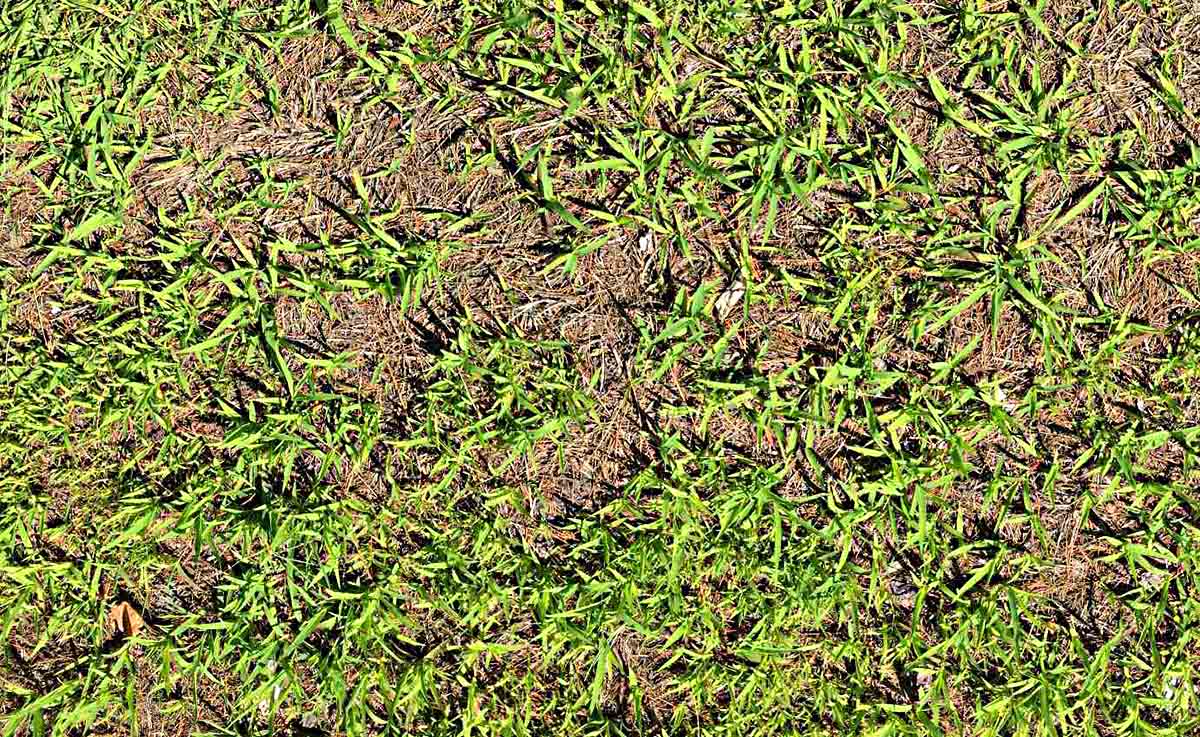
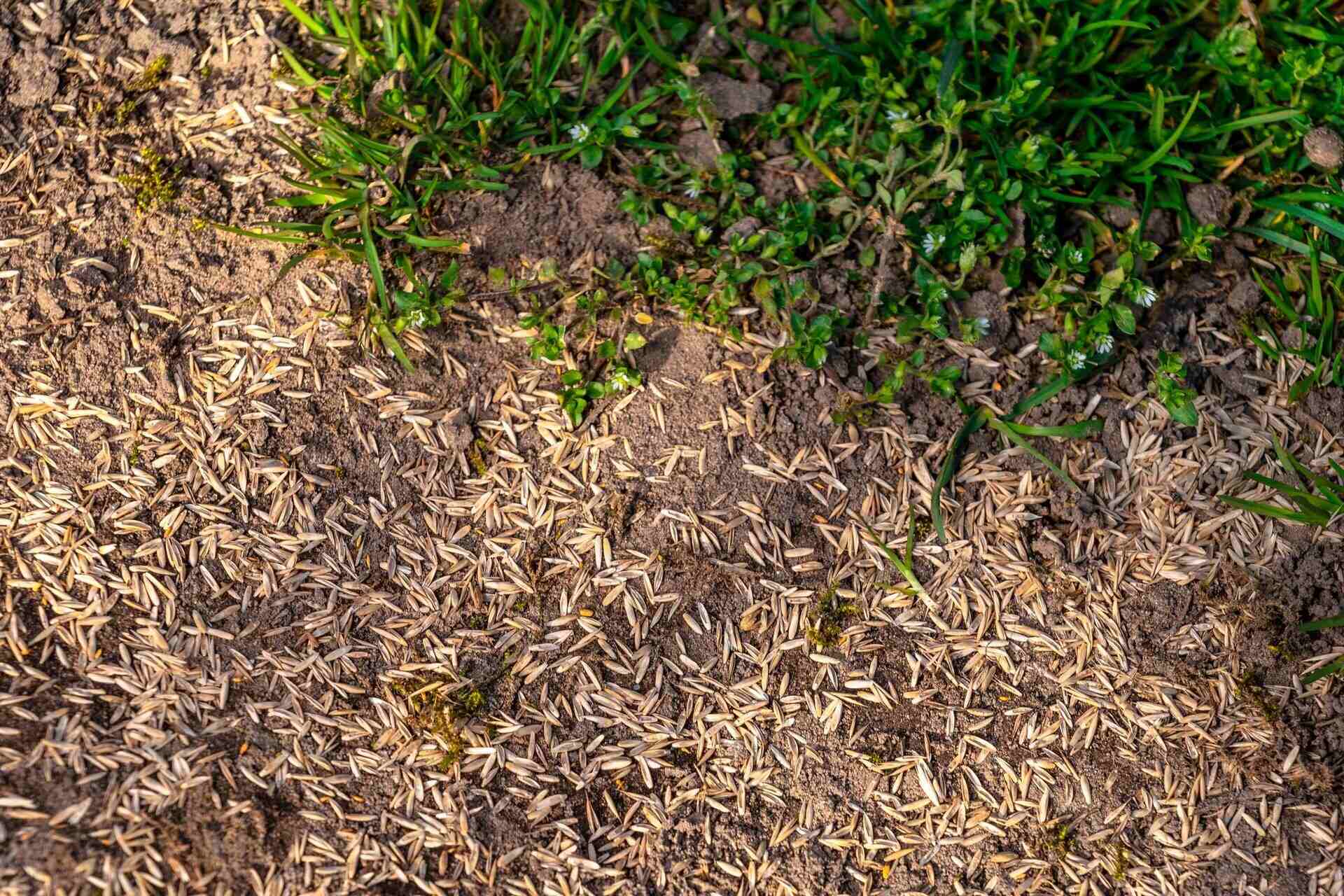

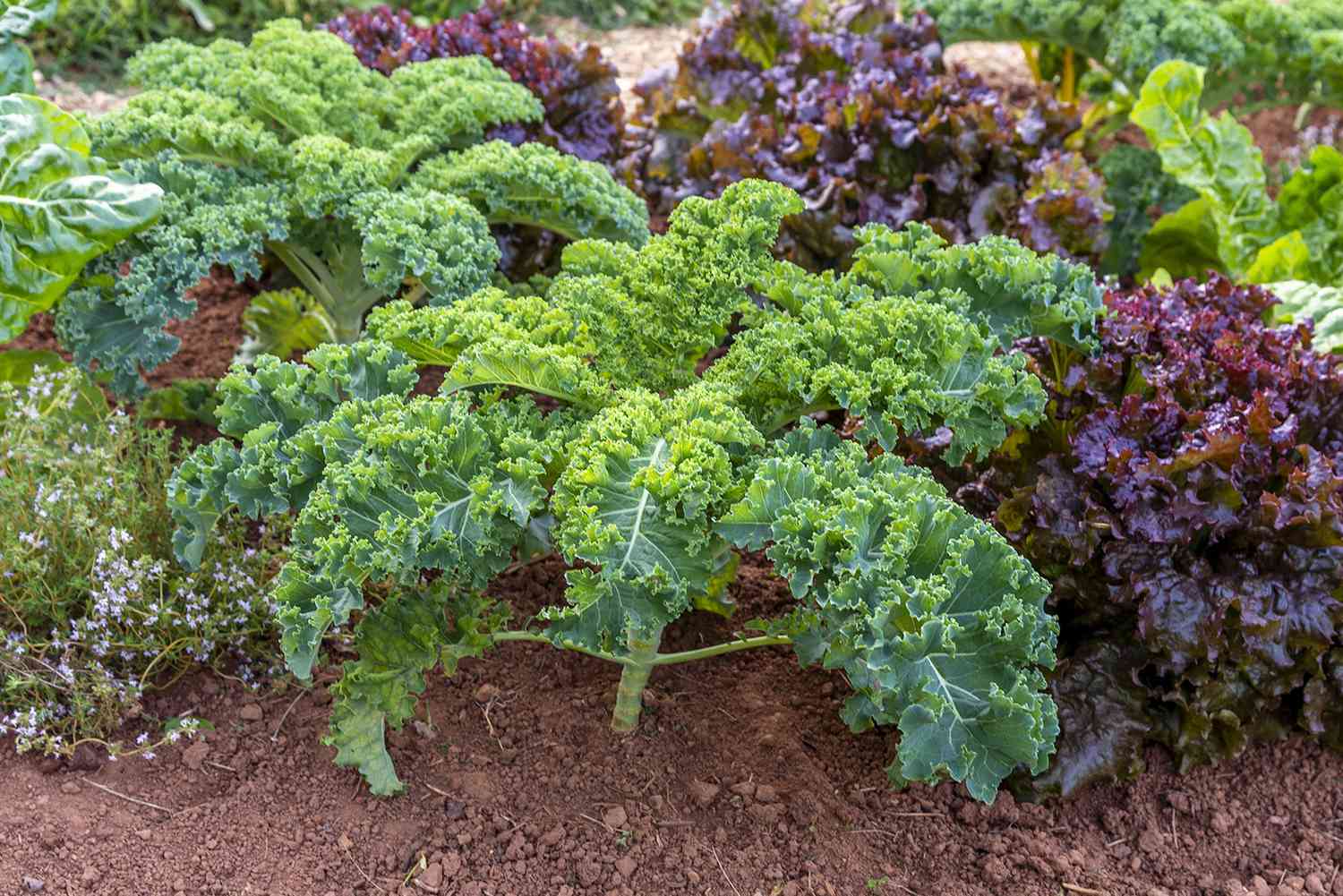

0 thoughts on “When To Seed Buffalo Grass”